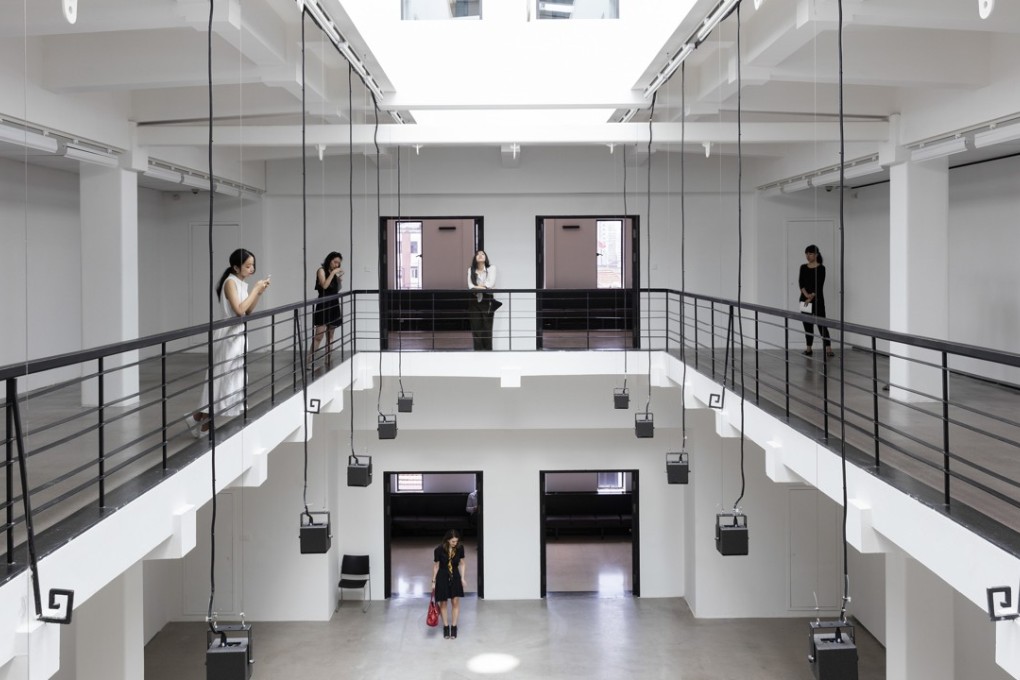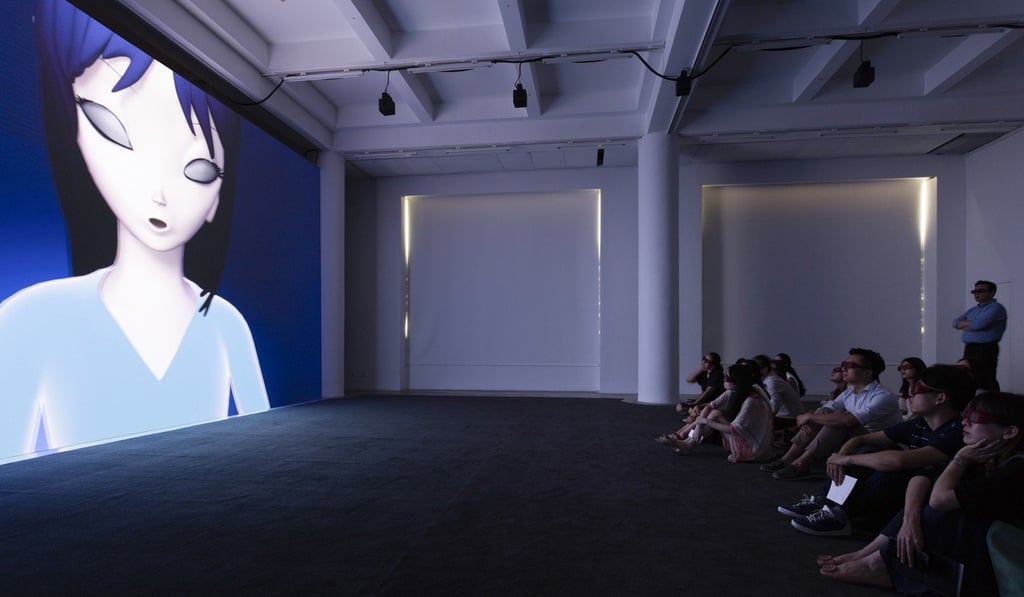Philippe Parreno’s Synchronicity rethinks art, as Shanghai exhibition space becomes immersive centrepiece
The French artist has used the walls of the Rockbund Art Museum as a canvas, turning the space into a moving, sensory experience focused on humans and nature

French artist Philippe Parreno has spent decades challenging the notion of artworks being shown in exhibitions as mere objects. For the 53-year-old master of multiple disciplines, a show should be an artwork in itself – a living, breathing, moving, changing work. The exhibition becomes, in essence, a dialogue with the space, putting some artistic meat on a gallery’s architectural bones.
US art market overtakes China’s as contemporary art boom signals a ‘historic development in art history’
Shanghai’s Rockbund Art Museum (RAM) – with four floors of wide open white space – offers Parreno the perfect canvas to work on.
“Synchronicity”, the artist’s first solo outing in China, is made up of multiple artworks, each telling a layered story that can stand alone or be read as a broader narrative about time and the interplay of humans and nature.

On the second floor is a new version of Parreno’s film Anywhere Out of the World (2000), in which the 2D animated manga character Annlee – an alien with a lipless mouth and tiny nose – is revisited in stereoscopic 3D. A newly added voice narrates a monologue about Annlee’s nature as an invented character.
Parreno offers visitors the opportunity to get inside the art and to become a part of it by engaging with it.
This update in Annlee’s story continues her “life”, as much as a manga character can be considered to have a life. She was initially destined for the cutting room floor before being bought by Parreno in the late 1990s, and has since made several appearances in films by Parreno and other artists. She was then ceremoniously killed off in 2002.
The film is notable for Annlee’s level of self-awareness as a central character, giving her a more human-likeelement than might otherwise be expected of a cartoon character. It raises questions about what is real and unreal and the nature of life and death for someone so clearly not alive.